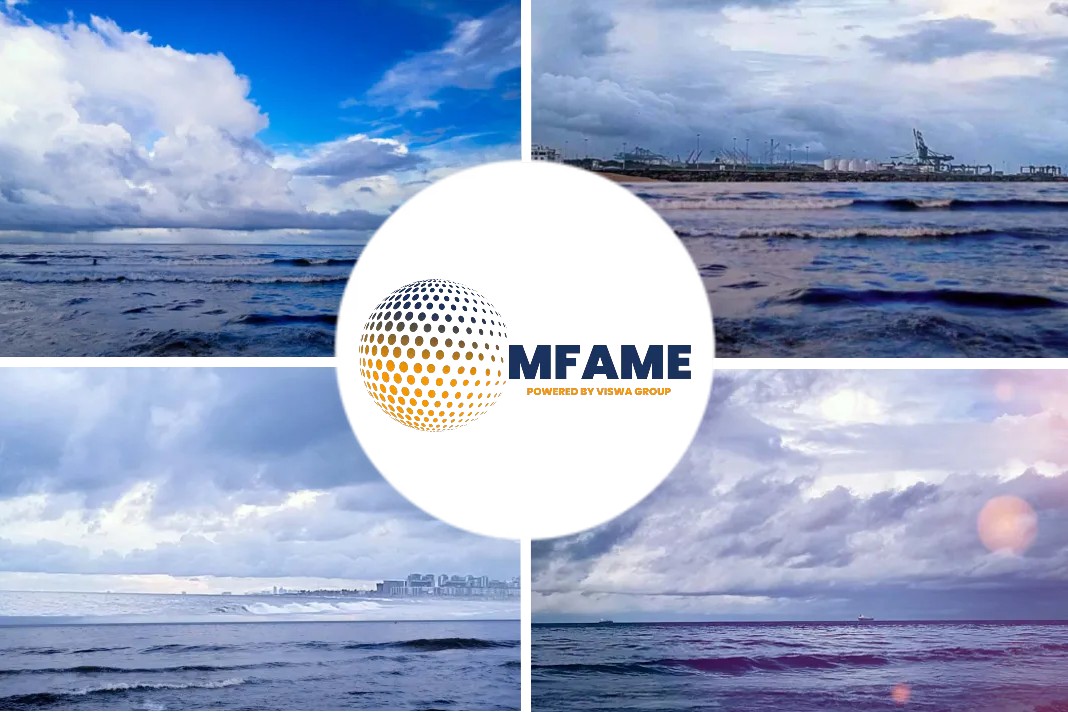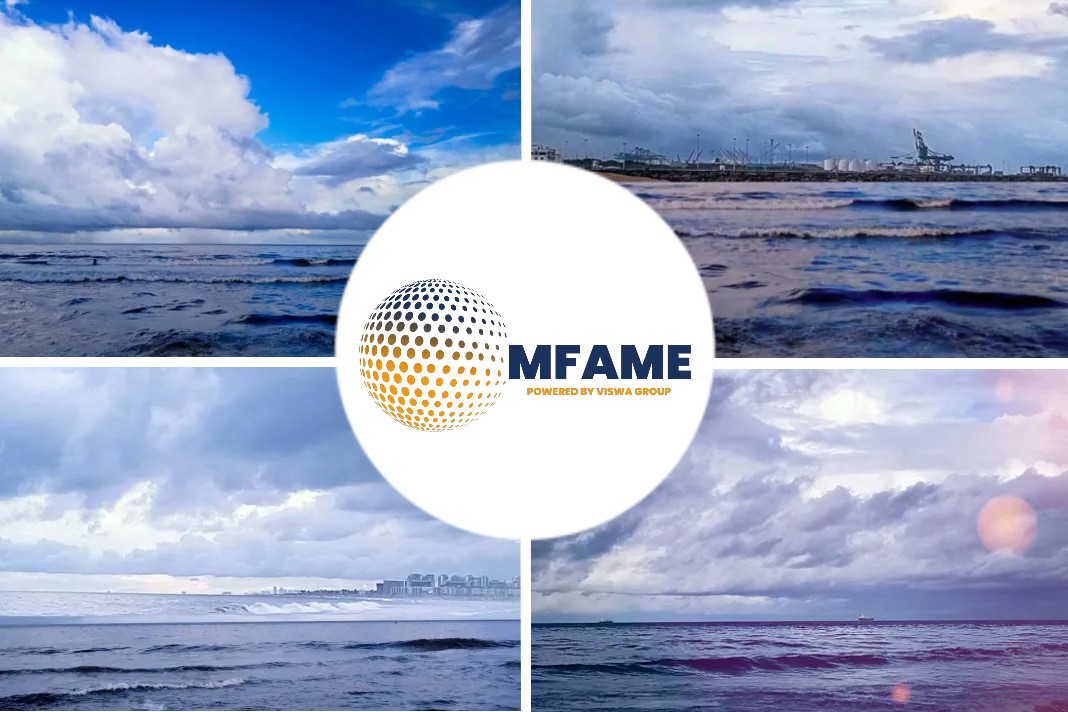- Joint R&D starts for practical application of Ammonia-fueled tugboat.
- NYK, IHI Power Systems Co., Ltd., and Nippon Kaiji Kyokai (ClassNK) signed for the joint R&D.
- Carbon dioxide (CO2) is not emitted when ammonia is burned.
- Zero emissions can be realized by utilizing CO2-free hydrogen as a raw material for ammonia.
- The introduction of ammonia as a marine fuel is highly expected to be a practical solution for decarbonization in the shipping sector.
- CO2-free ammonia synthesis technology is for synthesizing ammonia using CO2-free hydrogen.
NYK, IHI Power Systems Co., Ltd., and Nippon Kaiji Kyokai (ClassNK) signed for a joint R&D for practical application of Ammonia-fueled Tugboat, says a press release published on their website.
First ammonia-fueled tugboat
NYK, IHI Power Systems Co., Ltd., and Nippon Kaiji Kyokai (ClassNK) signed a joint research and development agreement to put the world’s first ammonia-fueled tugboat into practical use.
Decarbonization in shipping industry
Paris Agreement in 2016
The global momentum for decarbonization has increased since the Paris Agreement in 2016. Reducing GHG emissions has become an issue in the shipping sector.
IMO’s goal halving GHG emissions
In 2018, the International Maritime Organization (IMO) set a goal of halving GHG emissions from the international shipping sector by 2050 and reaching a target of zero as early as the end of this century.
Benefits of Ammonia
- Carbon dioxide (CO2) is not emitted when ammonia is burned.
- Promise as a next-generation fuel that could mitigate shipping’s impact on global warming.
- Zero emissions can be realized by utilizing CO2-free hydrogen as a raw material for ammonia.
LNG-fueled tugboat
Thus, the companies have decided to start this joint R&D for an ammonia-fueled tugboat. The companies worked together to jointly develop the LNG-fueled tugboat Sakigake. It was built in 2015 as Japan’s first ship fueled by liquefied natural gas (LNG).
In this new joint R&D project, the knowledge cultivated in the development, construction, and operation of Sakigake will be utilized.
About the Joint R&D
The companies will proceed with R&D from both technical and operational aspects for the introduction of ammonia as a marine fuel for tugboats.
Technological developments
Specifically, in fiscal 2020 we will tackle themes such as technological development of the hull, engine, and fuel supply system, and development of safety navigation methods.
Construction of the tugboat
After evaluating the practicality of the R&D results, we will begin study of the construction of the ammonia-fueled tugboat and the plan for construction.
The initiatives of each company regarding this joint R&D are as follows.
| NYK Line | ・ Research and design of hull and fuel supply system
・ Verification of operation method based on experience of Sakigake |
| IHI Power Systems Co., Ltd. | ・ Research and design of engine and exhaust gas aftertreatment devices |
| Nippon Kaiji Kyokai (ClassNK) | ・ Safety assessment of ammonia-fueled tugboat |
Ammonia the practical solution?
The introduction of ammonia as a marine fuel is highly expected to be a practical solution for decarbonization in the shipping sector.
Implementation of Ammonia
This joint R&D envisions the implementation of ammonia marine fuel in tugboats that require high output.
Japanese maritime industry contribution
If it is possible to commercialize marine equipment that uses ammonia, which is one of the candidates for a next-generation fuel, and establish a method for operating the vessel, it is expected that the Japanese maritime industry will make a significant contribution to decarbonization of the international shipping sector.
Hydrogen production
- One way of producing hydrogen without generating CO2 is through the use of renewable energy.
- A second way is by using natural gas or coal together with carbon capture and storage.
CO2-free ammonia synthesis is technology for synthesizing ammonia using such CO2-free hydrogen.
About Sakigake tugboat
- Sakigake is owned by NYK Line and operated in Yokohama port and Kawasaki port under the navigation of Shin-Nippon Kaiyosha.
- Japan’s first LNG-fueled tugboat, Sakigake was built at Keihin Dock Co. Ltd. and is equipped with a dual-fuel engine that can use either LNG or diesel oil, depending on conditions.
- The tugboat’s engine was constructed by IHI Power Systems Co., Ltd. (Niigata Power Systems Co., Ltd. at the time of construction).
- When using LNG fuel, Sakigake becomes an eco-friendly tugboat compared to when using heavy oil because sulfur oxide (SOx) emissions are reduced by approximately 100%, nitrogen oxide (NOx) emissions by approximately 80%, and carbon dioxide (CO2) emissions by approximately 30%.
Did you subscribe to our daily newsletter?
It’s Free! Click here to Subscribe!
Source: NYK Line
























